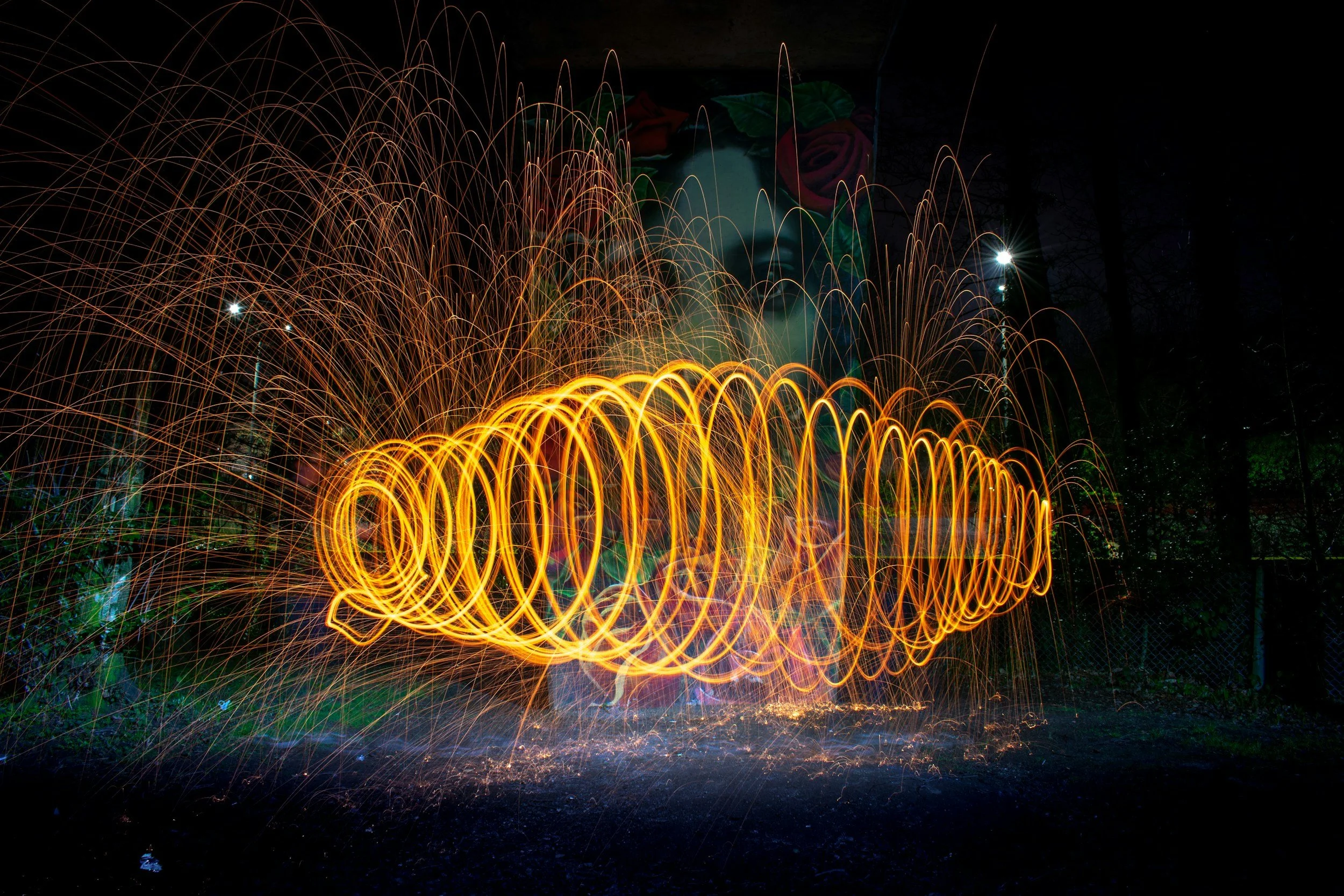Seed Your Subconscious
“It is a common experience that a problem difficult at night is resolved in the morning after the committee of sleep has worked on it.” - John Steinbeck
Many scientists, artists, and inventors have leveraged the power of the subconscious during sleep. Nobel Laureate Otto Loewi traced the design of the experiment that would win him the Nobel Prize in a dream (two, actually!).
I wonder at how little use we make of the subconscious. After all, the fact is that Steinbeck’s “committee of sleep” meets nightly! Why not make full use of its power?
I’ve found there’s immense power in simply seeding the subconscious by deliberately and intentionally bringing to mind a problem I’m struggling with before going to bed. Not to solve it directly, but to prime the subconscious.
Reid Hoffman, founder of LinkedIn and member of the “Paypal Mafia,” says, “I never go to sleep without giving my subconscious a problem to solve.” Tim Ferriss describes how Hoffman will journal on the problem first thing in the morning, before checking email, text messages, etc.
The committee of sleep is meeting again tonight… why not put something on the agenda?
Related: Take a Nano Nap
Related: Edison Wasn’t Crazy
Join over 7,847 creators & leaders who read Paint & Pipette each week
Most organizations don’t fail at AI because of the tech. They fail because leaders reward critique over curiosity. Here’s how to flip the script before your next breakthrough dies in the room.
Much ink has been spilled about the plight of college graduates. Because of all the hand-wringing about entry-level positions disappearing and AI automation stealing opportunities, no one is saying the quiet part out loud:
No one wanted a "job" to begin with. In that sense, there's never been a better time to enter the job market.
Most companies get AI adoption wrong because they're trapped in "value capture" mode. Efficiency plays might deliver measurable ROI, but they’re essentially defensive moves, and defense alone doesn't put enough points on the board to win. The real competitive advantage comes from "value creation."
Last week, I ran an innovation workshop for the thousandth time. But this time felt different. Every time I noticed that familiar moment where teams hit cognitive quicksand—where I'd normally say "this is the hard part, push through it"—something clicked. This is exactly when AI should step in.
Everyone’s panicking about “AI glazing.” But what if it’s a feature, not a bug? The creative industry's most successful practitioners understand something the rest of us are missing.
I’ve been working on a radical new course at Stanford, which I’m excited to share more details on soon. In the meantime, sharing an early iteration of my thinking on the topic, in the form of my WSJ piece co-authored with the brilliant Kian Gohar.
This post marks my 200th edition of Methods of the Masters—and serves as a fitting bridge between my early focus on human creativity and more recent AI work. In an age of infinite AI inputs, our biology demands we cultivate equally intentional human disconnection strategies.
Special guest post by Brendan Boyle, one of Stanford’s most beloved professors, acclaimed toy inventor, and founder of IDEO’s Toy Lab. He’s taught me more about play than anyone other than my own children.
In five years, no one will care how many people logged into ChatGPT. They'll care about who used it to transform their work. The organizations that understand the difference between more use and better use are quietly outperforming their competitors-while everyone else celebrates meaningless "adoption" metrics.










You know that moment when someone tells a story so perfectly out-of-step with the times that you laugh—then realize you're guilty of your own version? That's exactly what happened when Brice Challamel, Head of AI at Moderna, shared the origin of their company AI transformation mantra, "Don't be Fred".